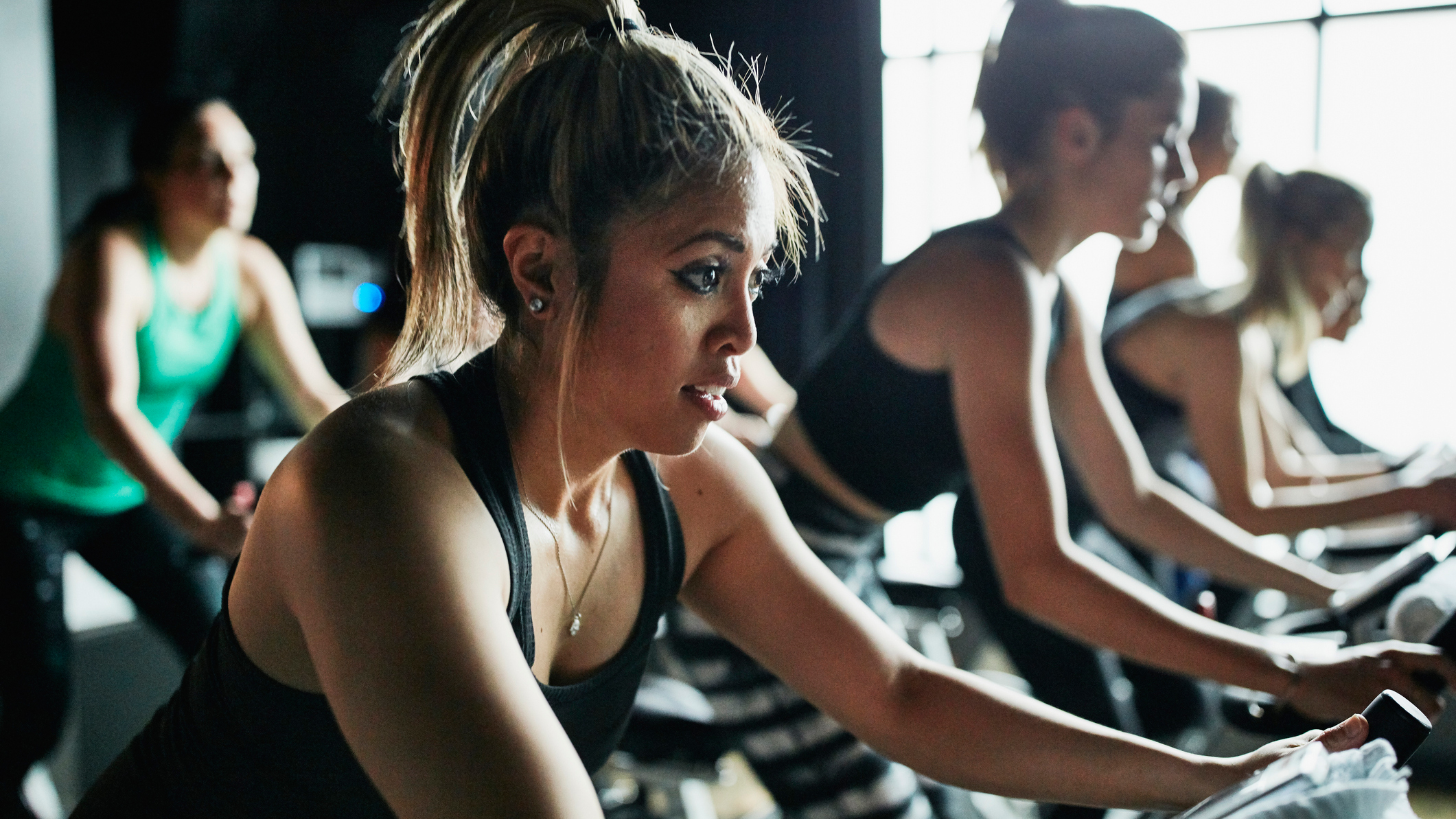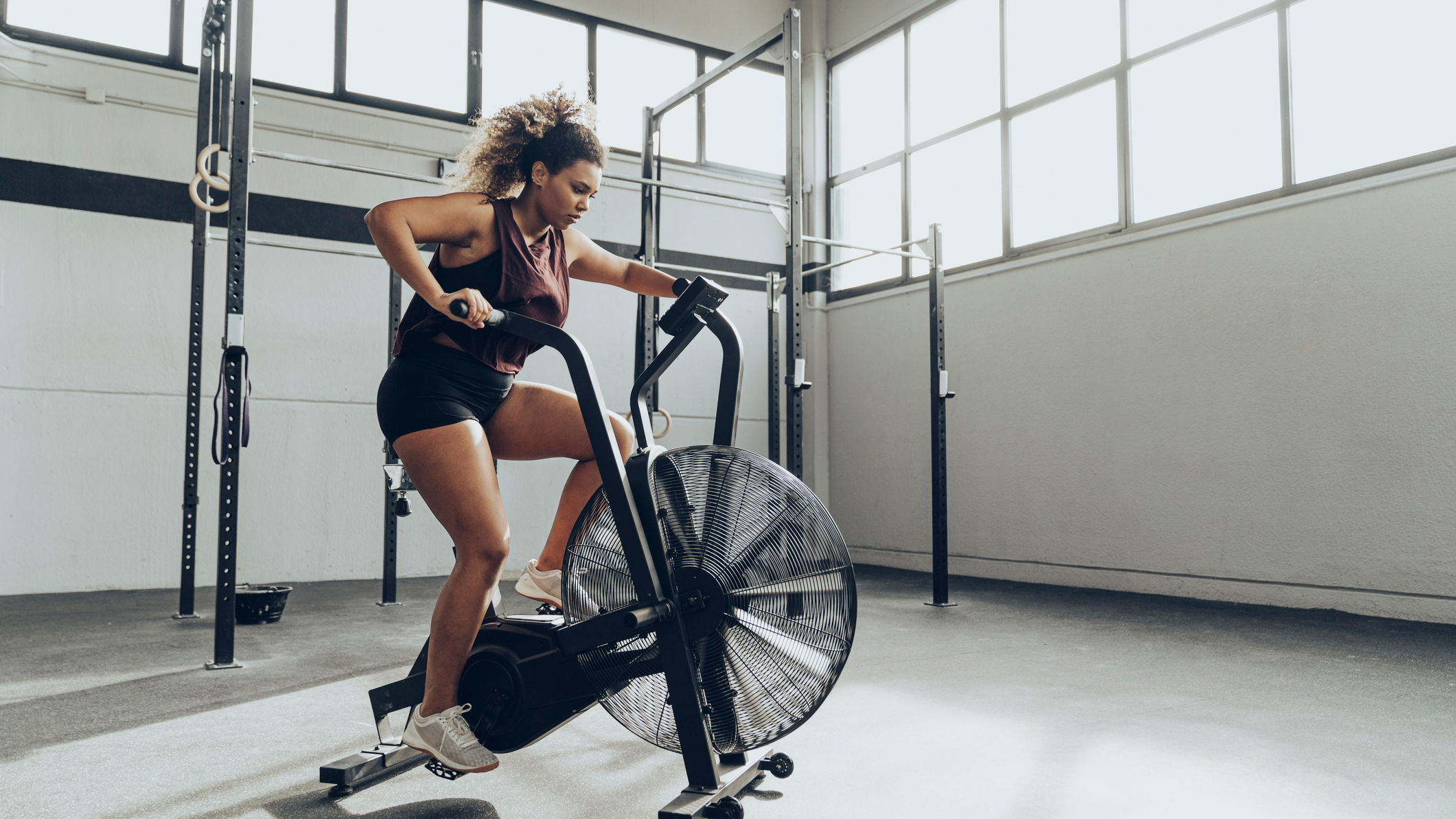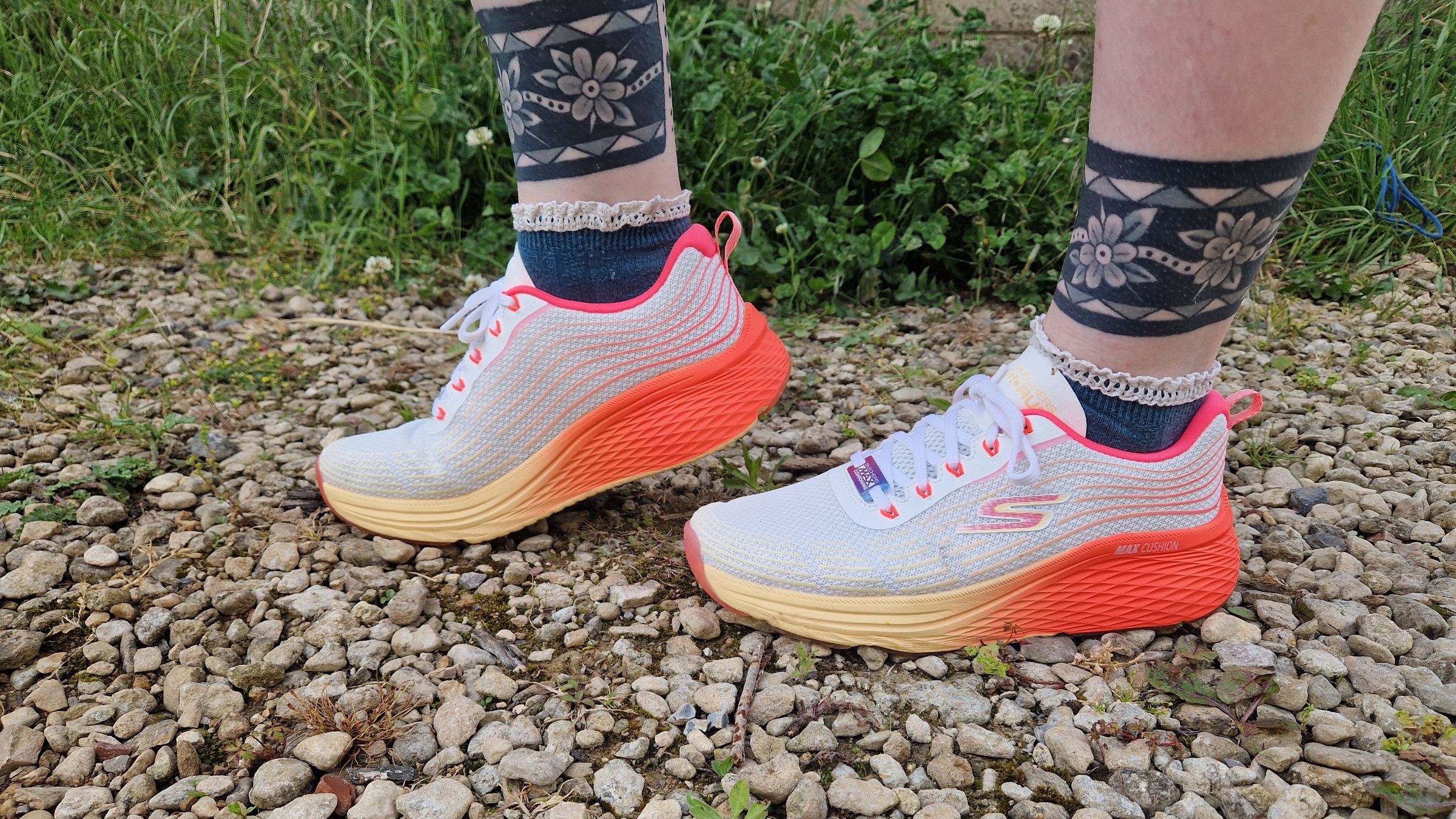Why HIIT workouts are so efficient for losing weight, even if you're short on time
No time to go for a run? No problem. This is the science behind why HIIT workouts don't take very long to burn calories


If you search the internet for the best exercises for weight loss, you're very likely to see the term HIIT crop up within the first few words you read. HIIT training, a form of exercise structured around high-intensity movements, has gathered an enormous amount of steam over the last couple of decades. It's now considered the go-to exercise for people looking to burn a lot of calories very quickly. But how exactly does it work?
What are HIIT workouts?
HIIT stands for "high-intensity interval training". This means you're working as hard as you can for a short interval of time, taking a rest, and then going again. HIIT training can be used for all sorts of exercise, whether it's sprinting, cycling in spin classes, or training with one of the best kettlebells.
Normally, when you go for a jog or a cycle, you're training at a certain level of intensity for a long period of time. HIIT is different. By training at your maximum capacity, it forces your body to work as hard as it can, which is obviously going to burn more calories than a less intense exercise. You rest, and catch your breath, and then you go again, creating "spikes" of exertion which allow you to lots of calories in a shorter space of time.

Why should I do HIIT workouts?
If you're time-poor, and can't go for a long jog, cycle or session on the rowing machine (or you simply don't want to) HIIT workouts are the perfect solution. One study, published by researchers from the University of Wisconsin and University of Rome, found that just four minutes of HIIT exercise, with eight rounds of 20 seconds of exertion and 10 seconds of rest, was equivalent to a 20-minute run in terms of the effect it had on participant's fitness and athletic ability. Unfortunately it wasn't rated as enjoyable as the run, but at least it was over quickly while having a similar effect,
HIIT workouts cut down your exercise time by one-quarter compared to low-intensity, steady-state exercise. But they have a secondary benefit: due to the fact you're really going all-out, HIIT workouts rev up your resting energy expenditure, which is the amount of calories your body expends when it's doing nothing.
One study conducted by researchers from the University of North Carolina found HIIT workouts resulted in a larger resting energy expenditure increase than aerobic running and resistance training. Even if you only exercise for about 15 minutes, you'll be burning calories for hours after your workout, and this is HIIT's real secret to weight loss success.
Get the Fit&Well Newsletter
Start your week with achievable workout ideas, health tips and wellbeing advice in your inbox.
How to get started doing HIIT workouts
One of the best ways to do it is to try out our four-week HIIT workout challenge. This complete workout routine will get you fit in no time at all. If you've got one of the best exercise bike models, you can opt for an online spin class, such as the ones provided by Peloton, which are build on the concept of HIIT training. Any intense sprint training, with short intervals to let your body recover, will do.
Matt Evans is an experienced health and fitness journalist and is currently Fitness and Wellbeing Editor at TechRadar, covering all things exercise and nutrition on Fit&Well's tech-focused sister site. Matt originally discovered exercise through martial arts: he holds a black belt in Karate and remains a keen runner, gym-goer, and infrequent yogi. His top fitness tip? Stretch.
-
 Get it before it’s gone! The best Skechers shoe I’ve ever tested is 29% off at Zappos
Get it before it’s gone! The best Skechers shoe I’ve ever tested is 29% off at ZapposDeal It’s selling fast, so cash in on this deal while you still can
By Lou Mudge
-
 I had hip and knee pain when I ran until I did these two trainer-approved things
I had hip and knee pain when I ran until I did these two trainer-approved thingsPeloton instructor Jermaine Johnson swears by these two things to improve running performance
By Maddy Biddulph